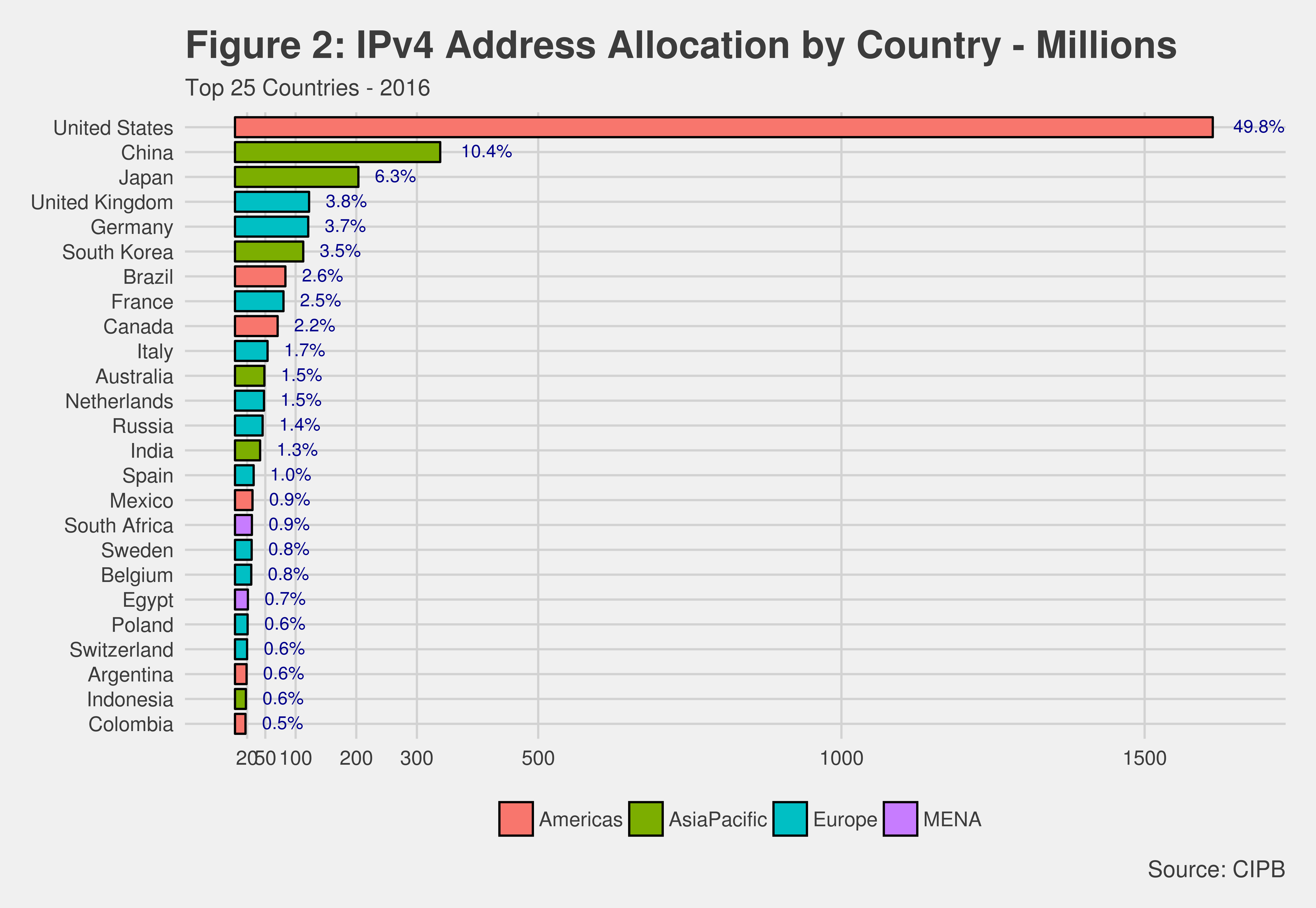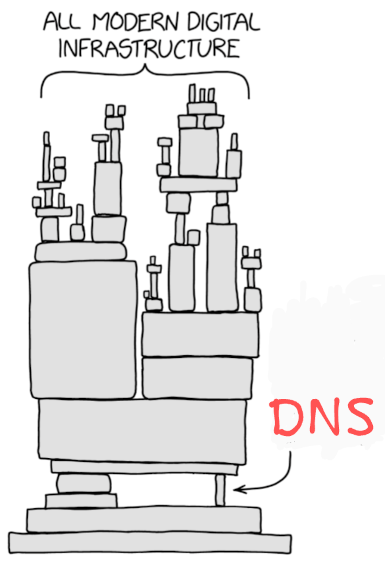







Of course English is spoken in other countries, and other countries have high numbers of internet users, but it does not follow that English is a commonly used language for internet users in other countries. Most Chinese are probably speaking Chinese, most Indians are probably speaking Hindi.
The IPv6 graph you linked shows that adoption is still less than 50%, and I’m not clear on their methodology… does “users that access Google” mean users with Google accounts? or individual users that use google.com? or does it include all of their cloud services? do web servers linking content from Google Ads count? does this data represent mostly end users, or also infrastructure connections?


These graphs do not give an indication of how many users per country there are. There are in fact statistics on that which expectedly show China and India on top.
Well sure, but people from those countries are far less likely to be speaking English, which is why I said:
It is entirely rational to assume that an English-speaking person on the Internet is from the US, given no other information.
The prevalence of internet use in countries with primary languages other than English has no bearing on this statement.
The point of using the IP address statistics is to show that the vast majority of websites on the Internet were created in the US for the US market, and that is still true today.
On a side note, the distribution of addresses is unbalanced but it isn’t “bad”. It is a consequence of a system growing over time. Communications infrastructure cannot pop into existence everywhere all at once, and realistically not many people outside the US had any interest in the internet in 1983.


I would love to see a more recent source if you have one.
Regardless, possession of IP addresses doesn’t change all that much. In the early days a company could buy an entire Class A (1.X.X.X) address space comprising 16million+ addresses for their private use. There are still many companies holding large blocks of addresses, and most of those companies are in the US, and they don’t just give up those addresses.
The point being, there’s significant resistance to redistributing addresses once they’ve been allocated. They don’t change hands terribly often (and keep in mind we’re talking about actual internet addresses, not local network addresses that are being dynamically assigned and NATed across router domains).


This is why:


The US has more allocated IPv4 addresses and more users per allocated IPv4 address than any other country, by wide margins - and IPv6 adoption is not that widespread yet. It is entirely rational to assume that an English-speaking person on the Internet is from the US, given no other information.

Might be worth a look yourself:
Anykit USB Endoscope Camera with 8 Adjustable LED Lights, Borescope with Semi-Rigid Snake Camera, IP67 Waterproof USB Inspection Camera for Phone & Tablet (33ft) https://a.co/d/aiNASM6


I bet GeForce didn’t do the data collection they want, and it was too much trouble to try and shoehorn it in, so they built a new app. I bet there’s user data collection in there related to their AI business.

I think you need to do something more to keep the panel from pulling out of its channel again. You should do what others have said, remove the door, pull the panel out, clean out all the old adhesive and caulk, and replace the panel, but you should also add something to keep the panel from leaning down away from the wall again.
A simple fix would be to screw something like this bumper into the ceiling at the end of the top channel, right at the corner of the panel so that it can’t slip out. If the ceiling is just sheet rock there then use an anchor as well.
This might not be the prettiest fix, but because the door is hanging off this panel you shouldn’t trust it to hold with adhesive only, and definitely not just silicone caulk (which is not an adhesive). Moving the door will flex the adhesive and eventually work it free again.

Run a bead of silicone around the seam. It will be more than enough to hold the glass in place.
I don’t think so, the shower door is hanging from the side of that glass panel. Silicone caulk is not an adhesive, it’s just a sealant. Opening and closing the door will break it free again.


Never ascribe to malice what can be explained by incompetence.


You say that with such confidence, but the counter disagrees.
We all live in denial of something…

Please refer to this helpful diagram:



Well there’s this place…



You guys have a middle class?


Mace Windu is Sir Robin the Brave.
Yoda is Sir Bedivere.


Rupert Murdoch is to blame for a lot of it.


The biggest question is, do you think your tax percentage will be higher now, or higher in the future? If you think your income might increase later (placing you in a higher tax bracket), or that the government might increase your tax burden later, then it’s better to pay taxes now.


(D), in case anyone was in doubt. Also:
The Car Privacy Rights Act is cosponsored by Senator Elizabeth Warren (D-MA)


I mean… what is your threat profile? Are you a LastPass engineer with an unpatched Plex install and access to the company file server? (edit: LastPass not LinkedIn)
Are you going to do something that would attract the attention of law enforcement or nation-state threat actors?
Are you going to be using this mini PC to do your taxes?
Is it going to be in a DMZ with open access to the Internet?
Are you going to use it as an authentication server for other critical assets?
If you aren’t assessing your risk level with some realistic idea of what threats actually apply to you and weighing that against the possible consequences of a breach, then you’re pointlessly worrying about low-probability scenarios. Operational Risk Management right? Judge your risk by probability of occurrence and severity of impact and then make decisions based on that.